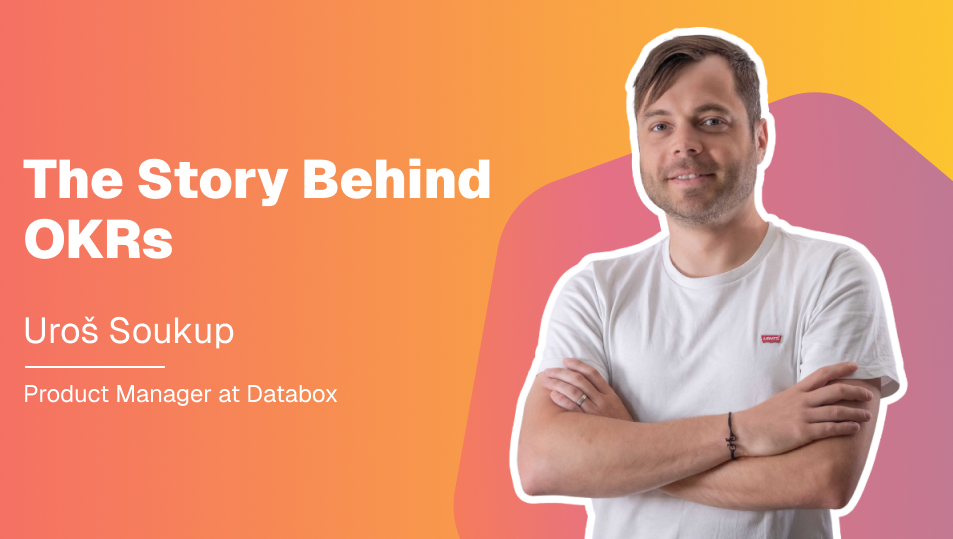Table of contents
Never treat an all-hands meeting like just another meeting. It is so much more—you are bringing the whole company together; a time and place where every team gets to highlight their achievements, where every Director reveals their plans, and team members from across the org can make it to center stage.
An all-hands meeting is even more important for a company with remote teams whose employees might, at times, not feel seen, heard, or valued as a part of the company. At Databox, our playmakers come from all corners of the globe. you know we have experience when it comes to successful all-hands, and we are going to show you just how it can be done using one of our newest features Databox Reports.
Let’s start!
Step One – All-Hands Meeting Framework
You need to have a structure in place for a company-wide meeting, and it should be one that is easily repeatable and updated.
Let’s answer the following question:
How many All-Hands meetings do you want to have yearly?
For some companies, once a year works, for others once every 6 months or once each quarter. It mostly depends on the timeline for your team goals and when you want to see them executed.
At Databox, quarterly works best as most projects and goals fit within that timeframe and we can easily extend a project to two or three quarters as needed and report on the progress up to date.
The next part of the framework creation involves deciding on the length, and format of the presentation, and who is going to moderate it. The second two we will discuss at length in the next few paragraphs, but as far as how long an all-hands meeting should be, here are some of the factors to consider –
- It is happening during work hours—don’t take up too much of your colleague’s time
- It needs to keep their attention, so keep each section focused rather than go on infinitely
- Every team deserves an equal timeshare (including introductions and conclusions)
An hour to an hour and a half depending on the size of your company would do it… just make sure that you communicate that to team leads presenting so that they can structure their presentation accordingly.
Step Two – Choose a Showrunner
It is important that everyone is clear on who creates and conducts the All-Hands meeting. In most cases, the company CEO is the one who is most knowledgeable and can easily get the information needed to create an all-hands report. We recommend that they moderate the meeting and have control over the report. Other options might include your COO, the Head of People/Culture, or any Executive with insights into high-level strategy and how each department contributes to the overarching goals
Each team lead should talk about their progress and KPIs as they know the data best and can explain in-depth anything that is related to their plans and goals.
With remote teams, All-Hands are usually held over a meeting platform like Zoom or Google Meet, while in the office the report can be presented on the screen for everyone to see.
Step Three – Define Your All-Hands Meeting Format
Once you have settled on your meeting cadence and the showrunner, the format of the meeting should be your next consideration with the idea to make sure it is easily repeatable. Databox Reports can help with that as you can make a report once and then update it with fresh data.
The format we recommend is-
1. Introduction
An introduction sets the stage for the rest of the meeting. Go over all the numbers for the previous period (in our case, the previous quarter). Review all goals set in the previous meeting that is being monitored. Quickly go over if the current projects have performed as expected or if additional work is needed.
At Databox, this is usually presented in the form of a dashboard.
2. Team Deep-Dives
After the introduction, it is time for each team to give a short overview of their initiatives and goals from the previous quarter and their plans for the next.
Time is of the essence, so it is always a great idea to choose a specific meaningful metric and elaborate on it in the Side-by-Side slide within the report. This will help showcase the goals for each team because everyone gets to see their effort translated into favorable numbers.
With Databox Reports, the numbers will be automatically updated for each new all-hands meeting, helping create a quick and repeatable process.
The second relevant slide should contain other metrics that are crucial for the team reporting them. And with the Data Story Slide in the Databox Reports this is made even easier, not to mention that the numbers update based on the metric, so you can show the latest data for them every quarter.
The final two slides for each team should be an introduction to new projects for the upcoming quarter and a highlight of the team member who has gone above and beyond to ensure all quarter goals are met and projects executed flawlessly.
Highlighting the team member that has contributed the most really helps people feel seen and their actions valued. This is very important for overall morale, especially in companies with a lot of remote workers and teams.
3. Conclusion & Thanks
Finally, to conclude your All-Hands make sure to provide an overview of the plans across teams, the overall trajectory of the company, and address any concerns that might have been raised over the previous quarter.
But most importantly, take time to thank and praise teams and show them what their contribution has meant.
Sharing Your All-Hands Meeting Report
When it comes to big teams it is more than likely that not all “hands” will be able to attend the All-Hands meeting; this is why in most cases there is a video recording of the meeting.
However, exporting the All-Hands Report and sharing it in a PDF version within the company can also be a great way for everyone to get the updates they need on where the teams and company are in terms of their all-hands goals.
Start Using Databox Reports for your All-Hands Meetings
If you have any questions or need help getting set up, you can visit our Knowledge Base or send us a message at help@databox.com and let us know how we can help you with setting up the Report of your choosing.
New to Databox? Start by creating your free account. From there, you’ll be able to connect your data from more than 70 different platforms. Then you can add the metrics to your metrics screen, create data boards, automate your reporting, collaborate with your teammates, and much more.
You can even start a trial to try out Advanced Reports. Enjoy!














